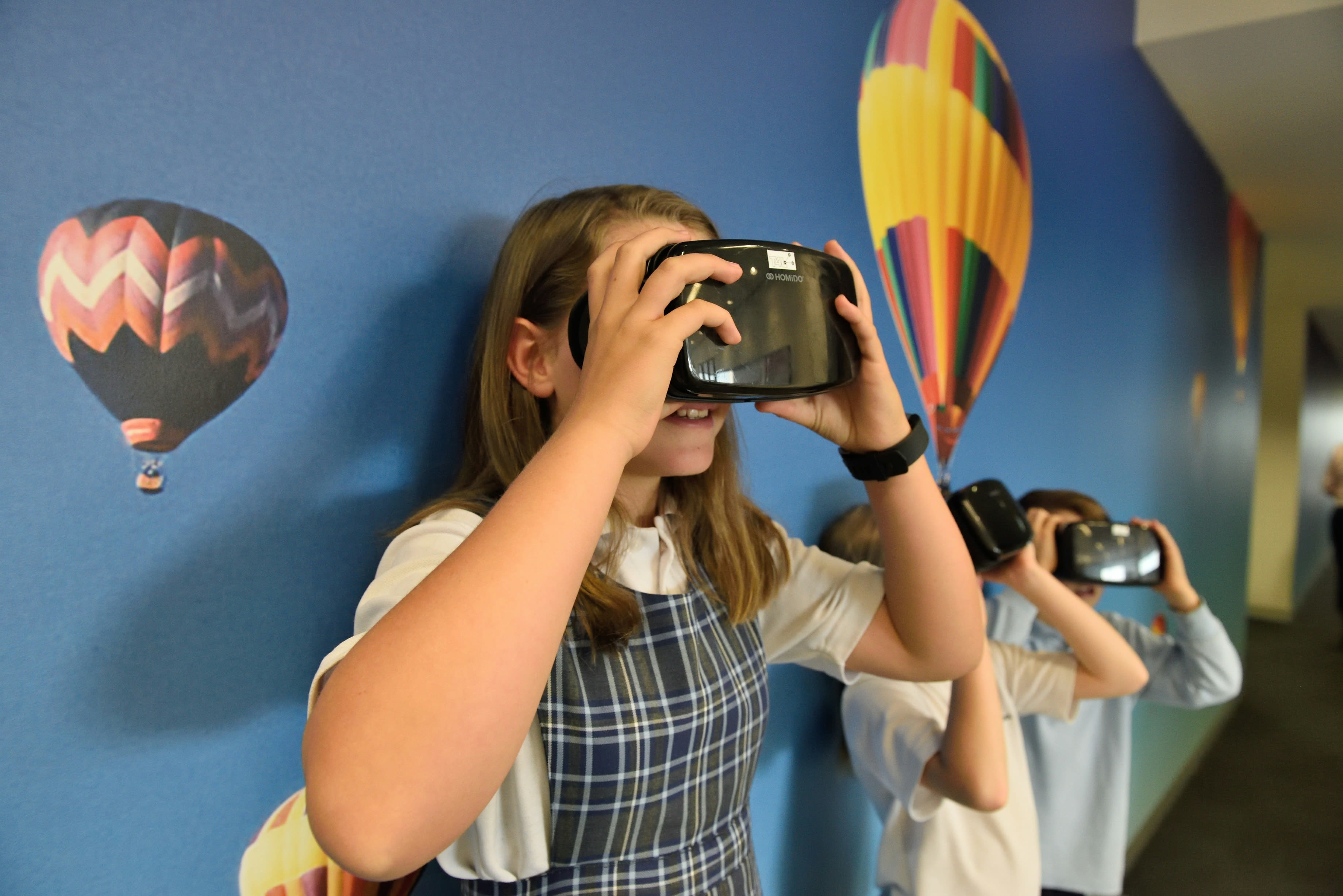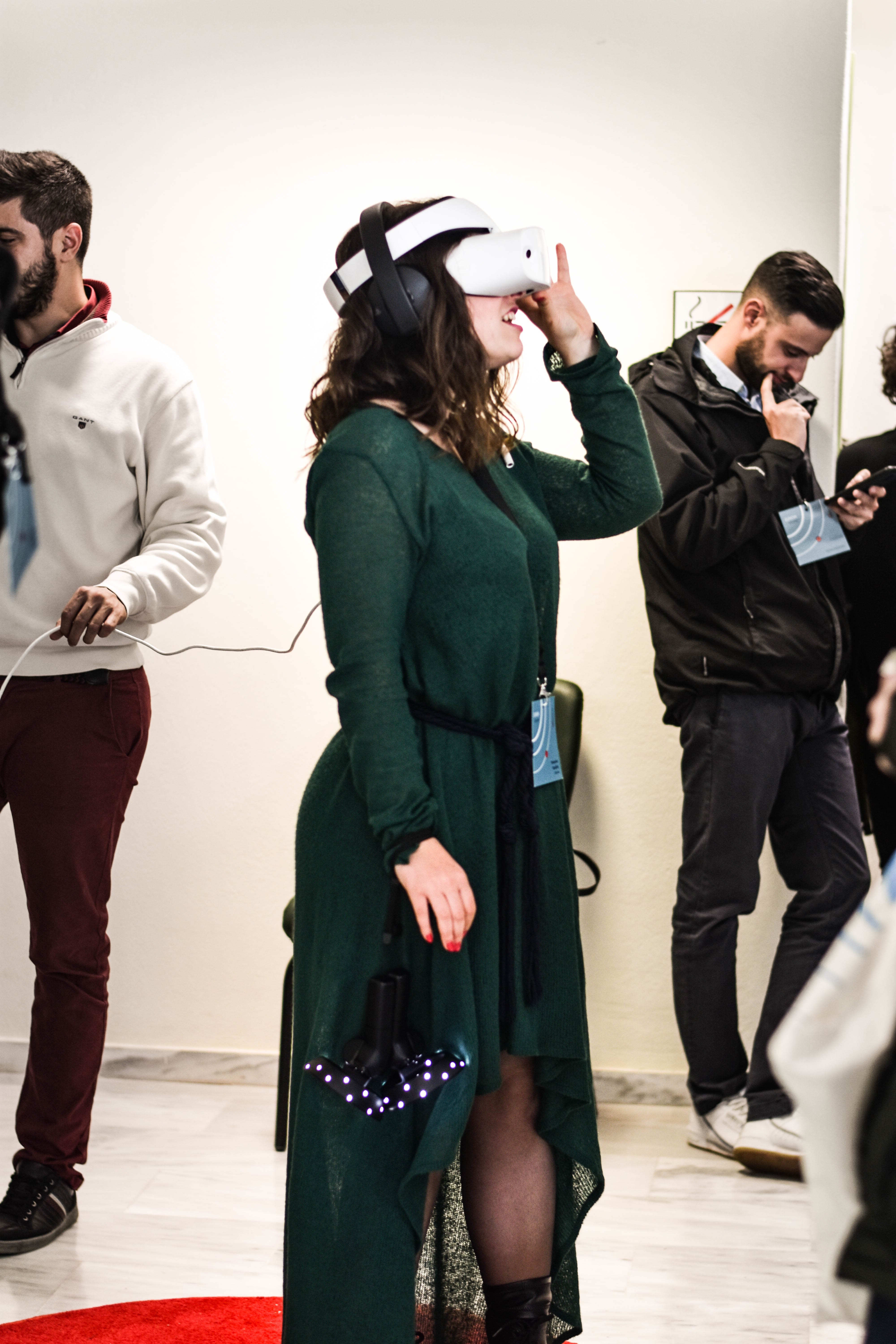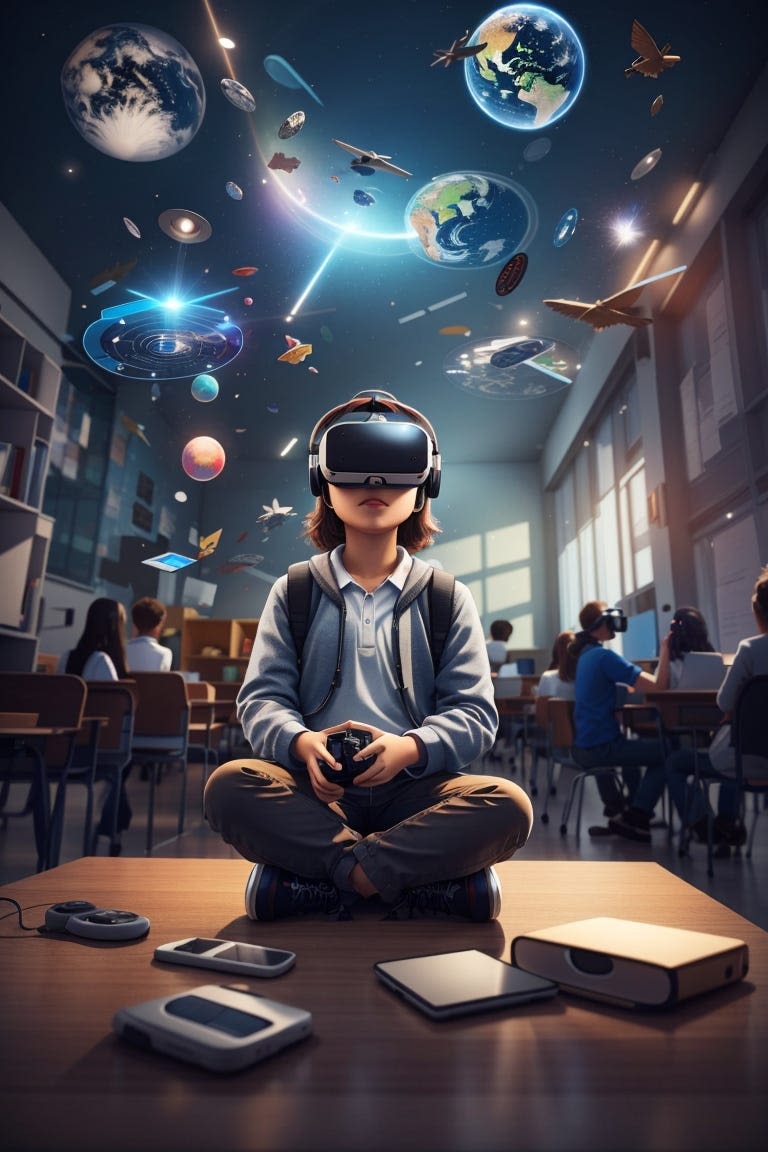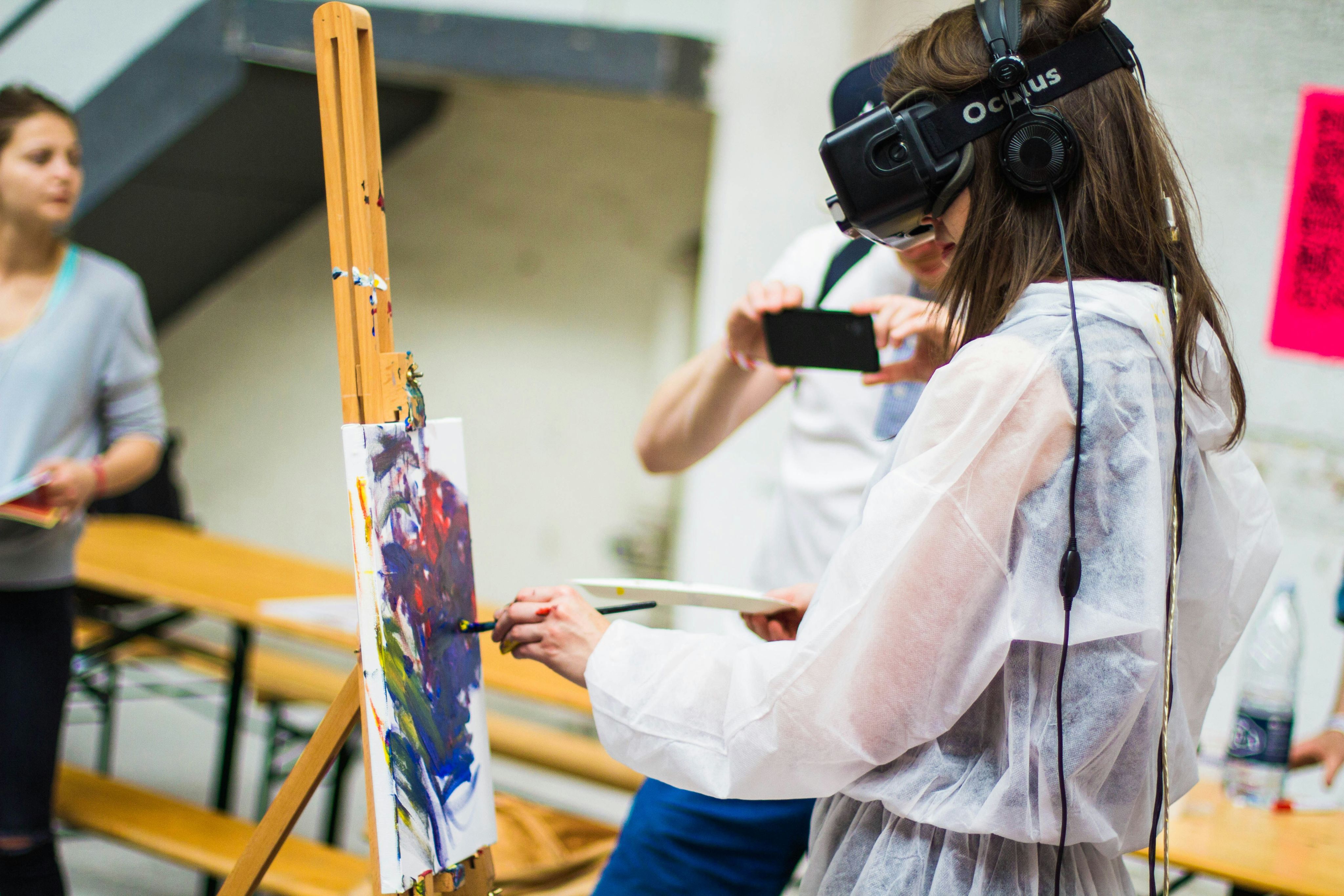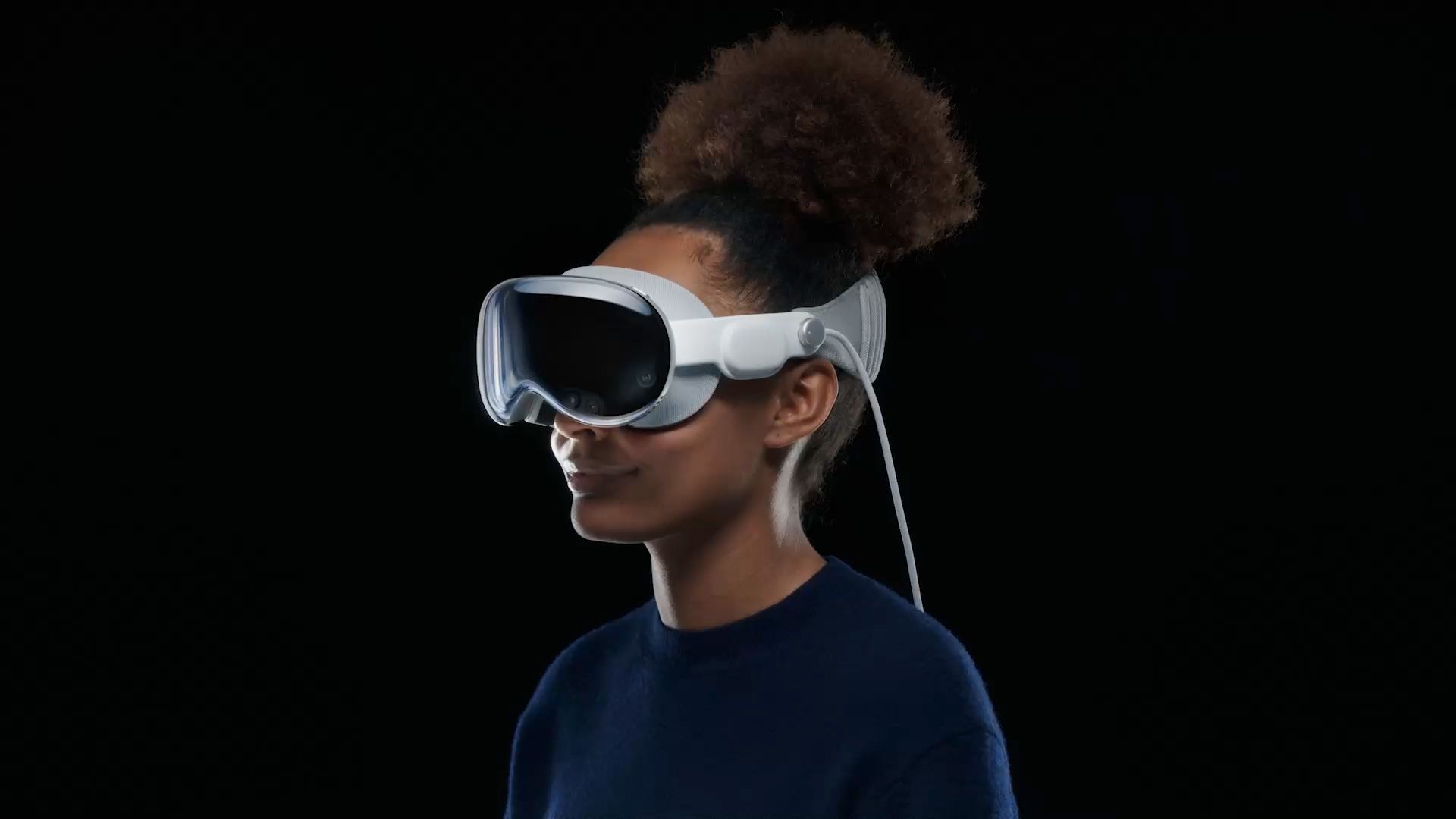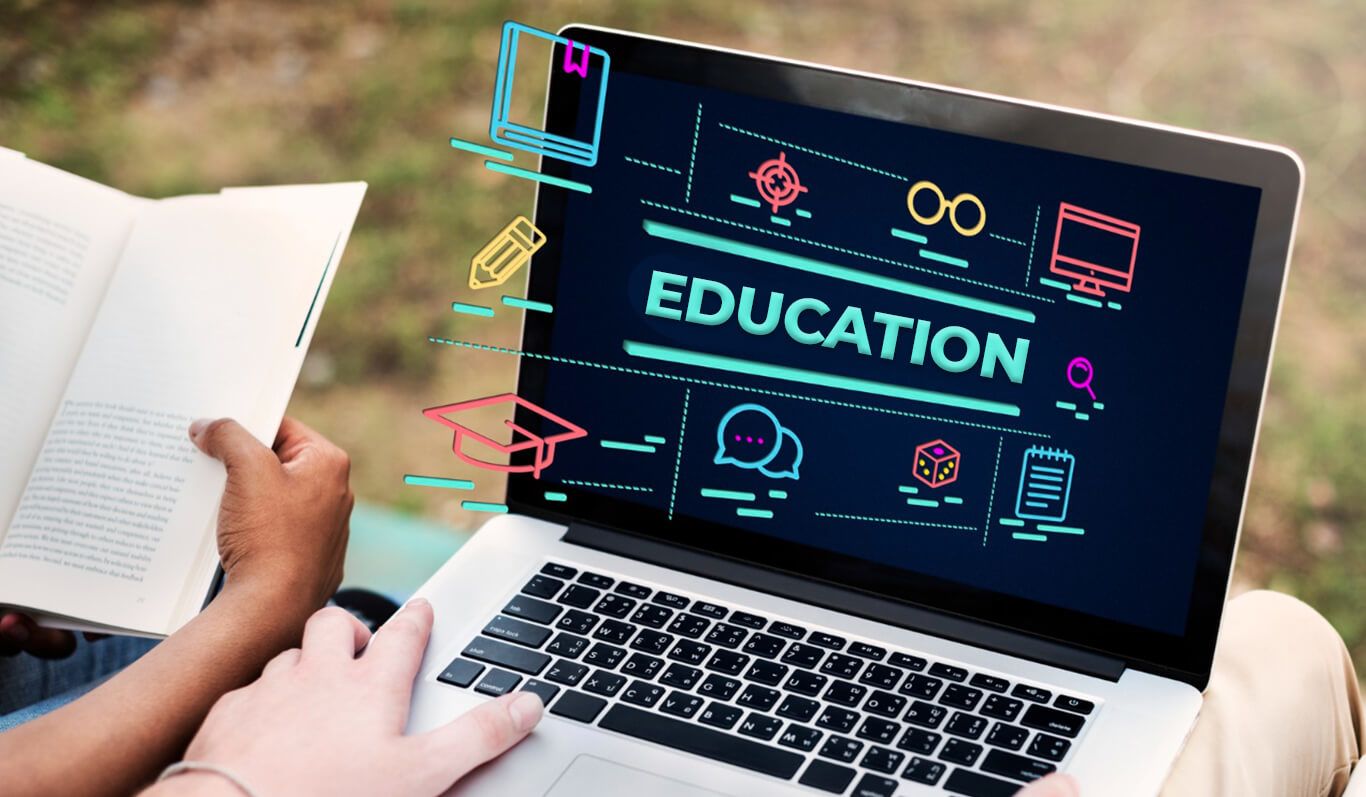Tech Innovations in Education Pt. 1: Virtual Reality
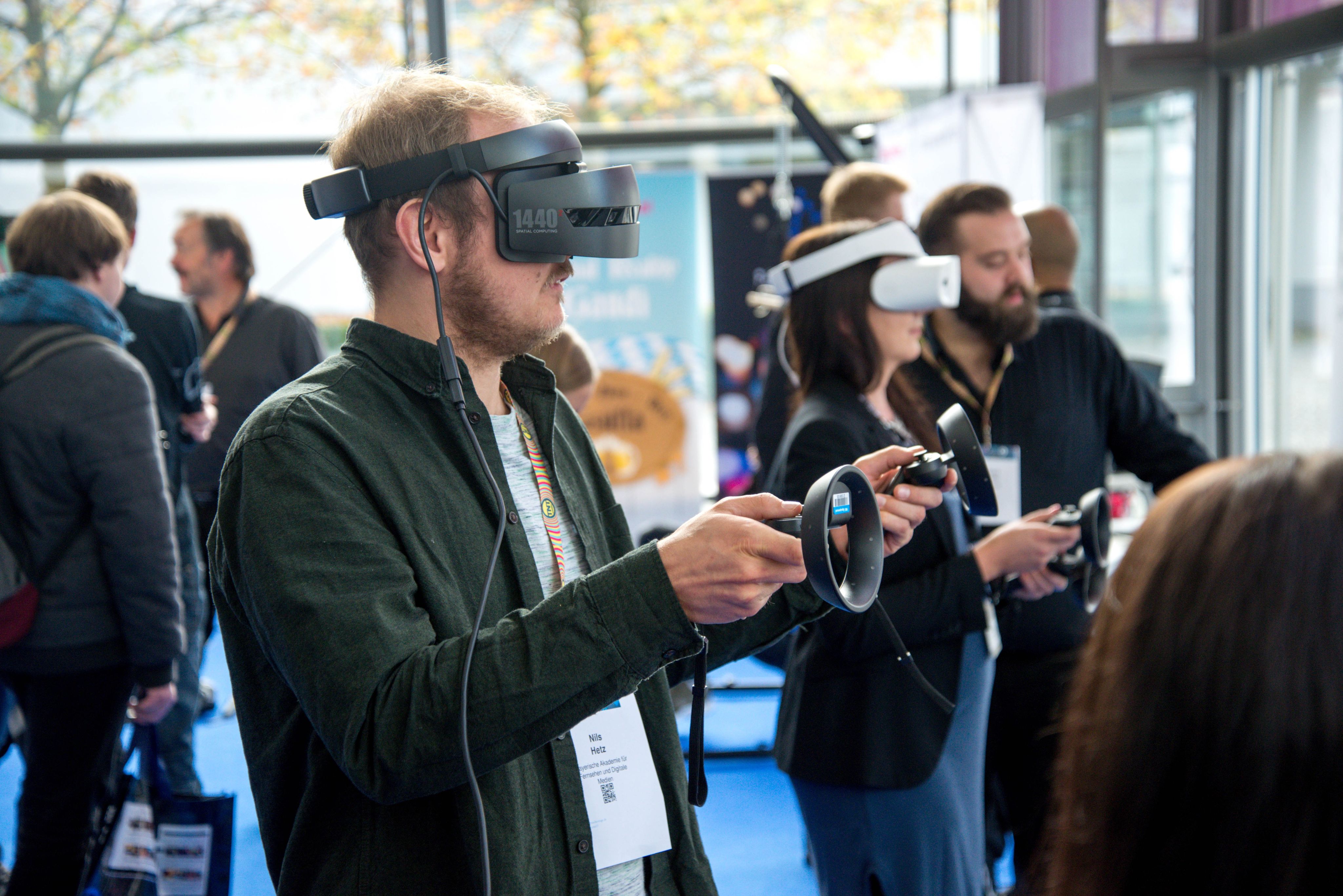
Engaging Learning
With the popularisation of VR (Virtual Reality) back in the 2010s, VR has steadily been revolutionising the education sector, providing immersive and interactive learning experiences that traditional methods cannot match.
One of the primary advantages of virtual reality in education is its ability to enhance student engagement. Traditional classroom settings often struggle to capture students' attention, but VR offers immersive experiences that can make learning more interactive and exciting. According to a report by EdTech Magazine, VR allows students to explore environments that would be otherwise inaccessible, such as historical sites, outer space, or the inside of a cell.
For example, platforms like Google Expeditions enable students to take virtual field trips to places like the Great Wall of China or the surface of Mars. These virtual experiences make learning more tangible and memorable, helping students retain information better.
Personalized Learning with Real-World Applications
VR also supports personalised learning by allowing students to learn at their own pace and in ways that suit their individual learning styles. An article from EdTech Review highlights how VR can adapt to the needs of each student, providing tailored experiences that address specific learning gaps and preferences.
For instance, students who struggle with reading can benefit from visual and interactive content, while those who excel can delve deeper into advanced topics through virtual simulations.
Another significant benefit of VR in education is the ability to simulate real-world scenarios, providing students with practical, hands-on experience. This is particularly valuable in fields such as medicine, engineering, and vocational training. According to a study by PwC, VR training can significantly improve the retention of knowledge and skills compared to traditional methods.
Medical students, for example, can use VR to practice surgeries in a risk-free environment, enhancing their skills and confidence before performing on actual patients. Similarly, engineering students can build and test virtual models of structures, allowing them to understand complex concepts and avoid costly mistakes in the real world.
Its Challenges and Future
Despite its numerous benefits, the integration of VR in education comes with challenges. Evident with the recent release of the Apple Vision Pro, the high costs of VR equipment and the need for technical support can be barriers for some schools. Additionally, there is a learning curve for both teachers and students to effectively use this technology. However, as VR technology becomes more affordable and accessible, these challenges are expected to diminish.
Looking ahead, the potential of VR in education is vast. Continued advancements in VR technology will likely lead to even more immersive and realistic educational experiences, and looking at recent developments, it's getting closer to mass usability.
As educators and institutions increasingly recognise the value of VR, its adoption is expected to grow, making it a standard part of the educational toolkit. Ideally, educational institutions looking to grow should get their hands on these tools instead of waiting for the technology to mature, because technology doesn't wait for you, and it's better to evolve with the technology.

